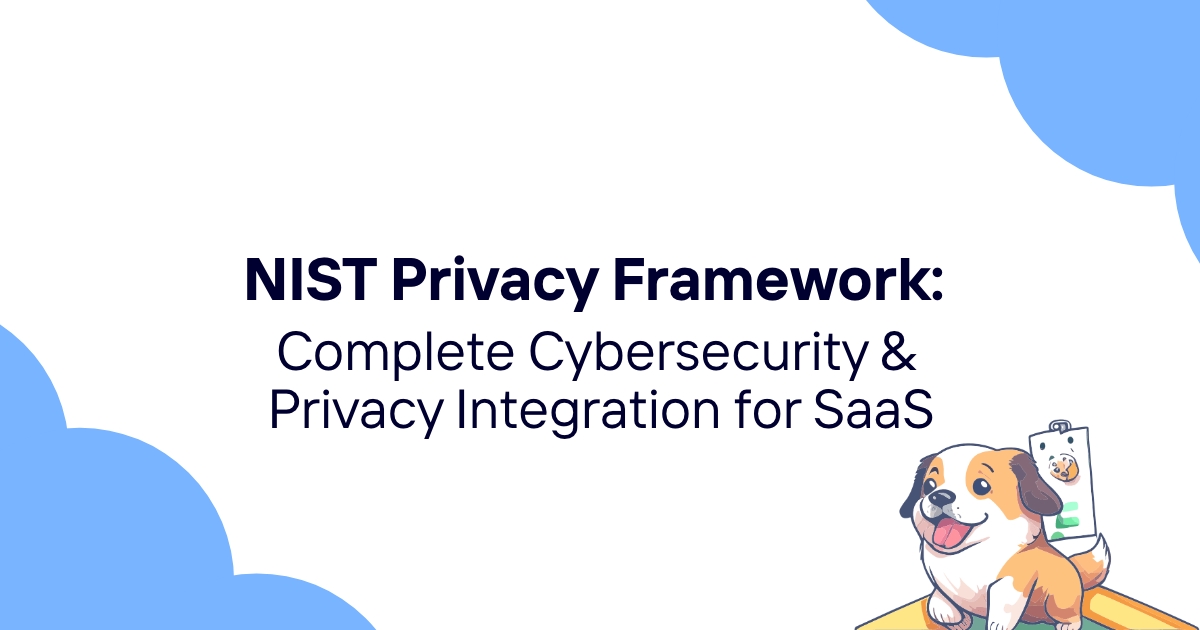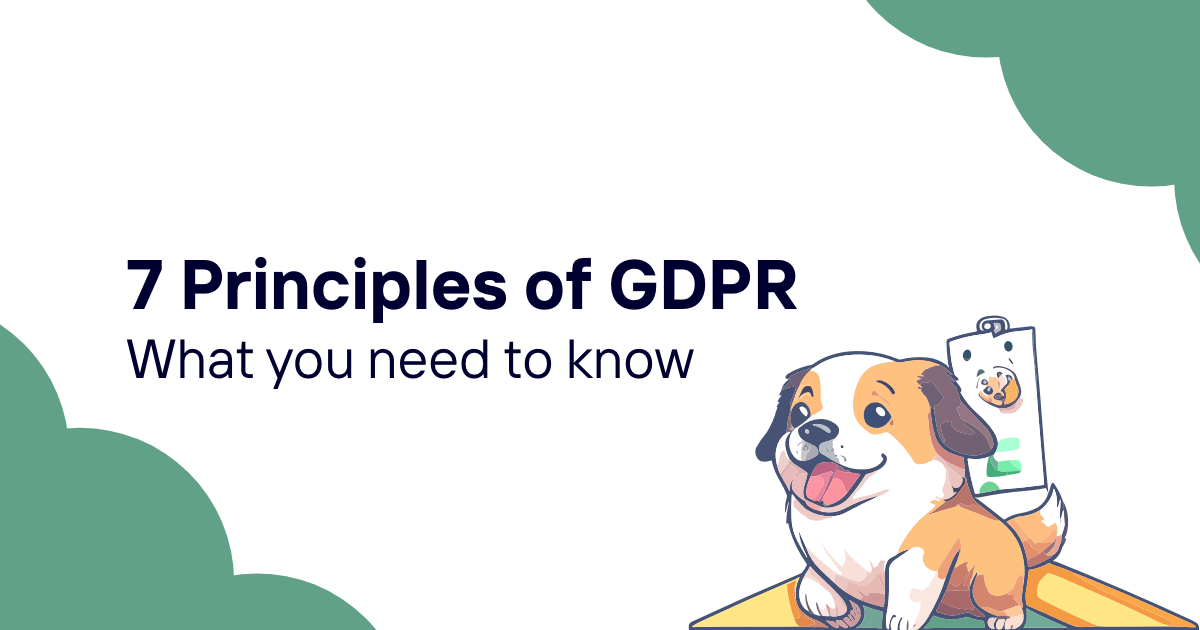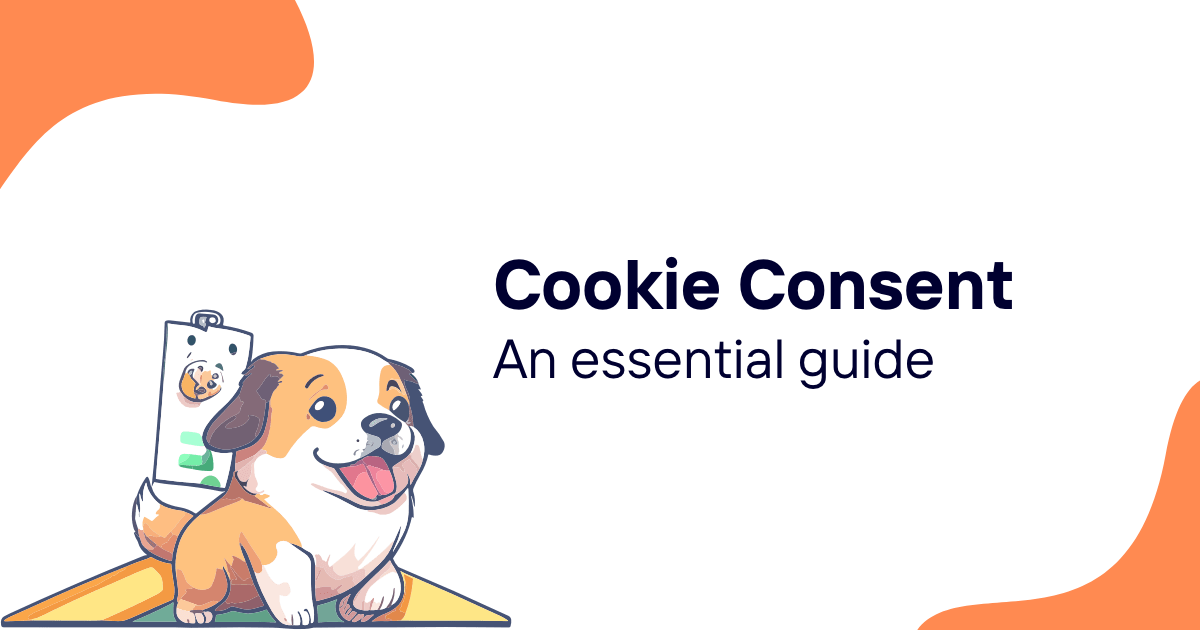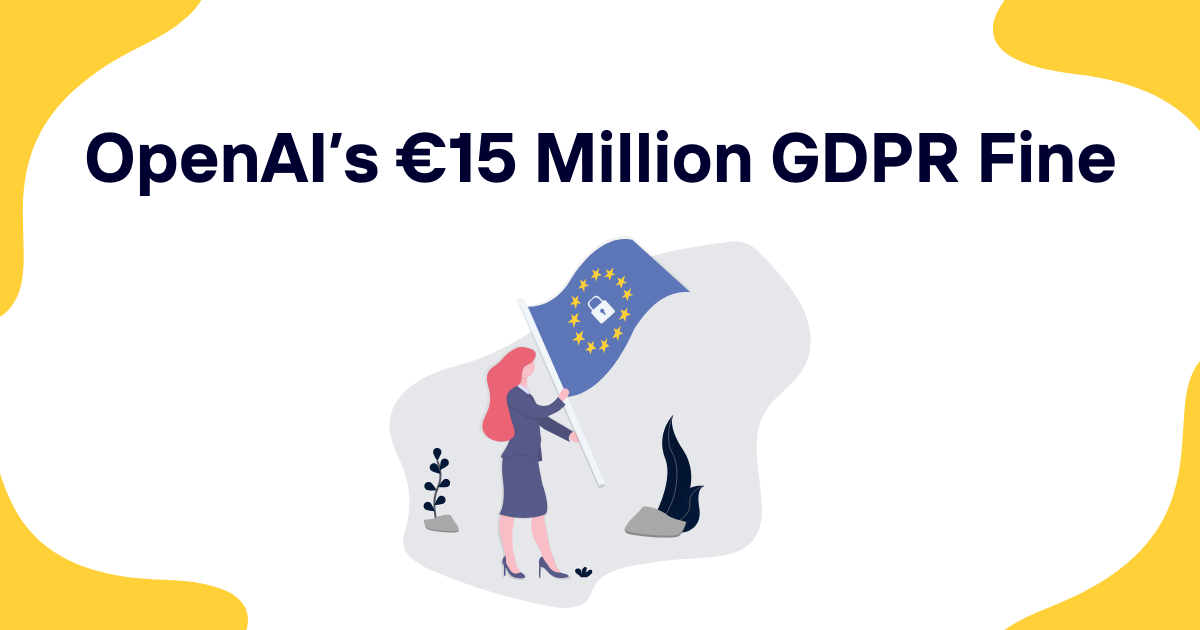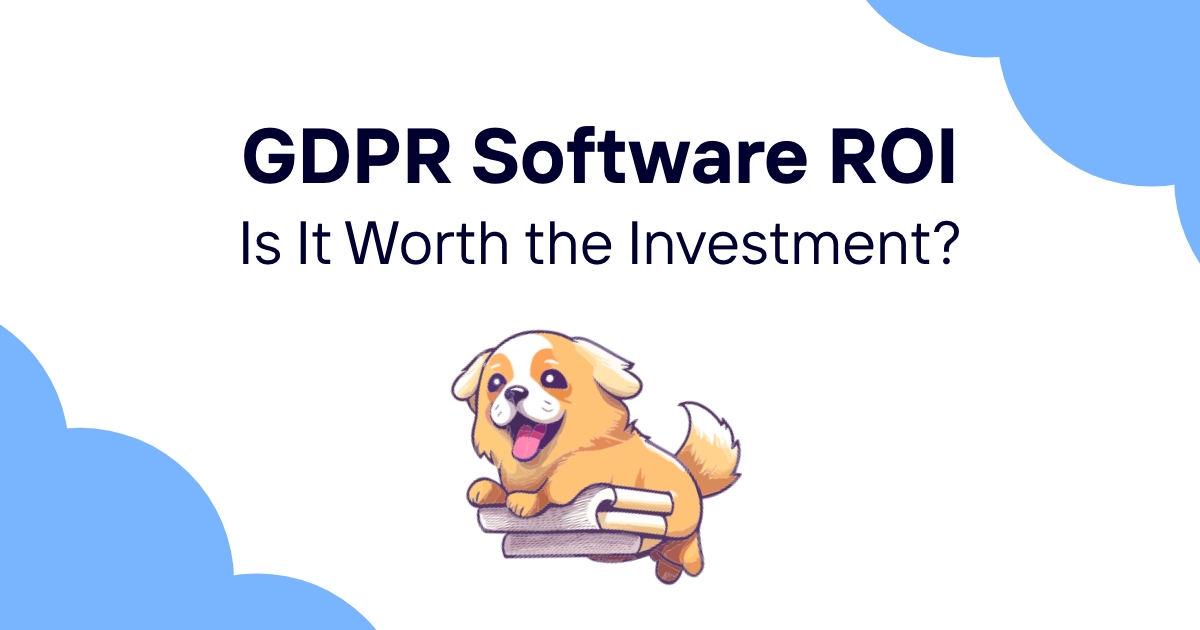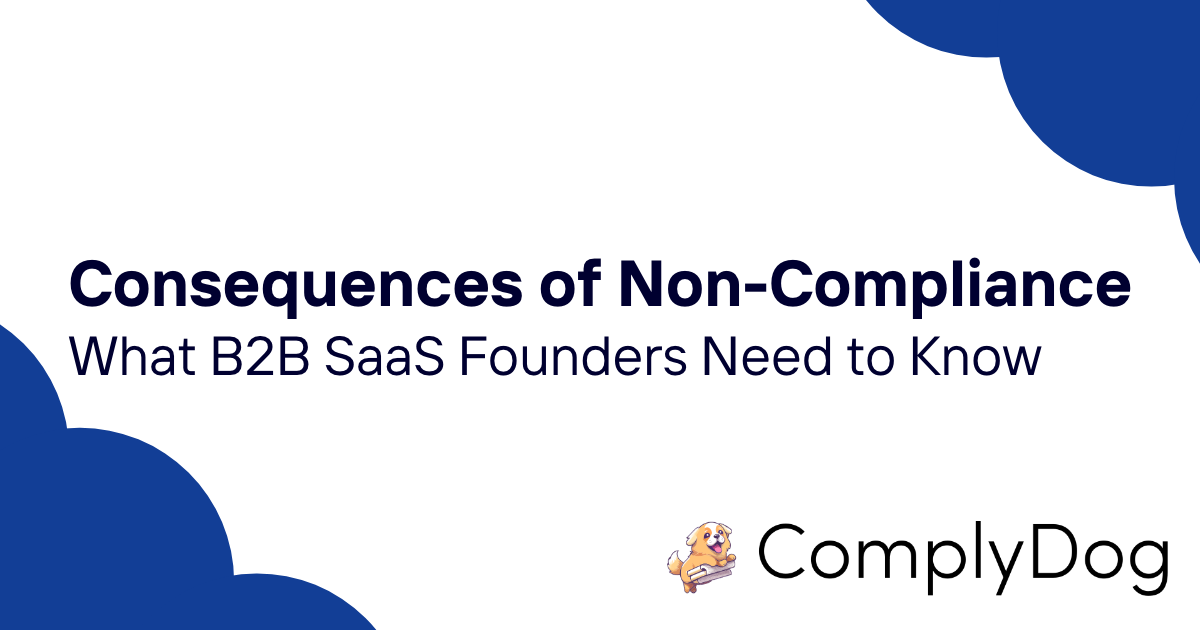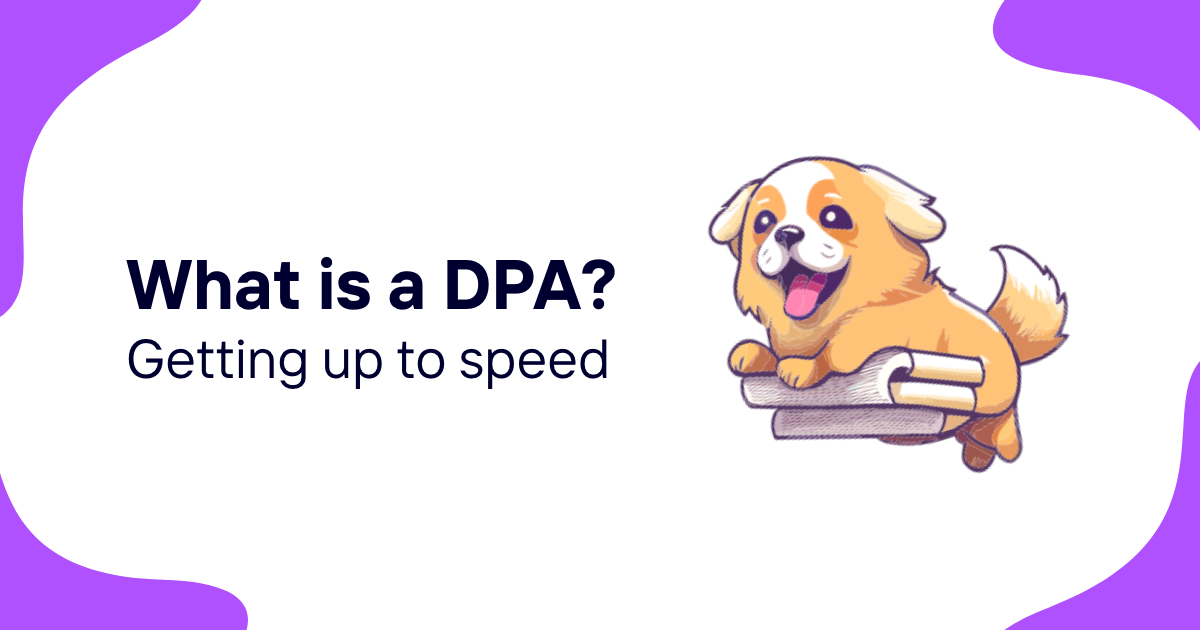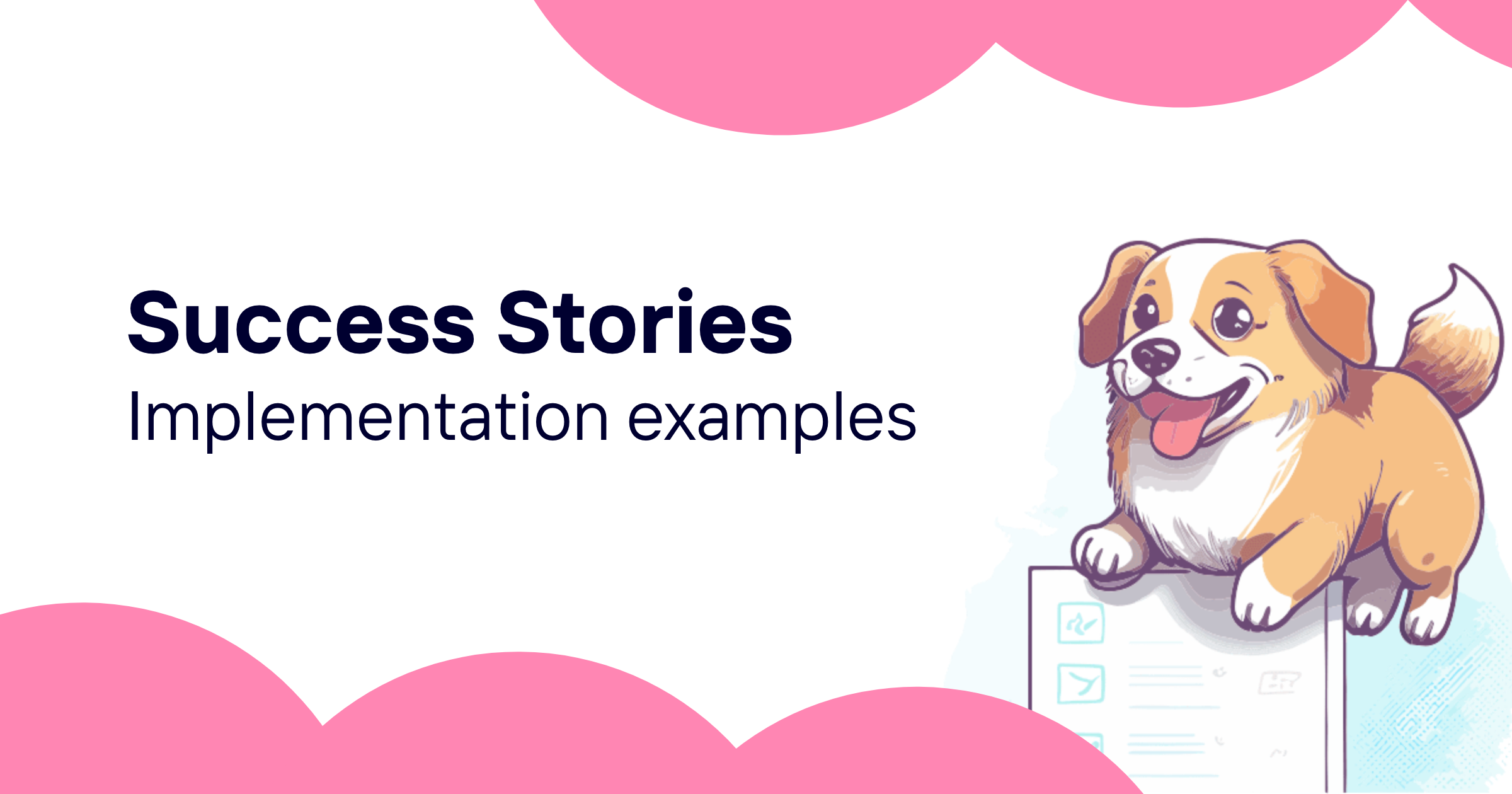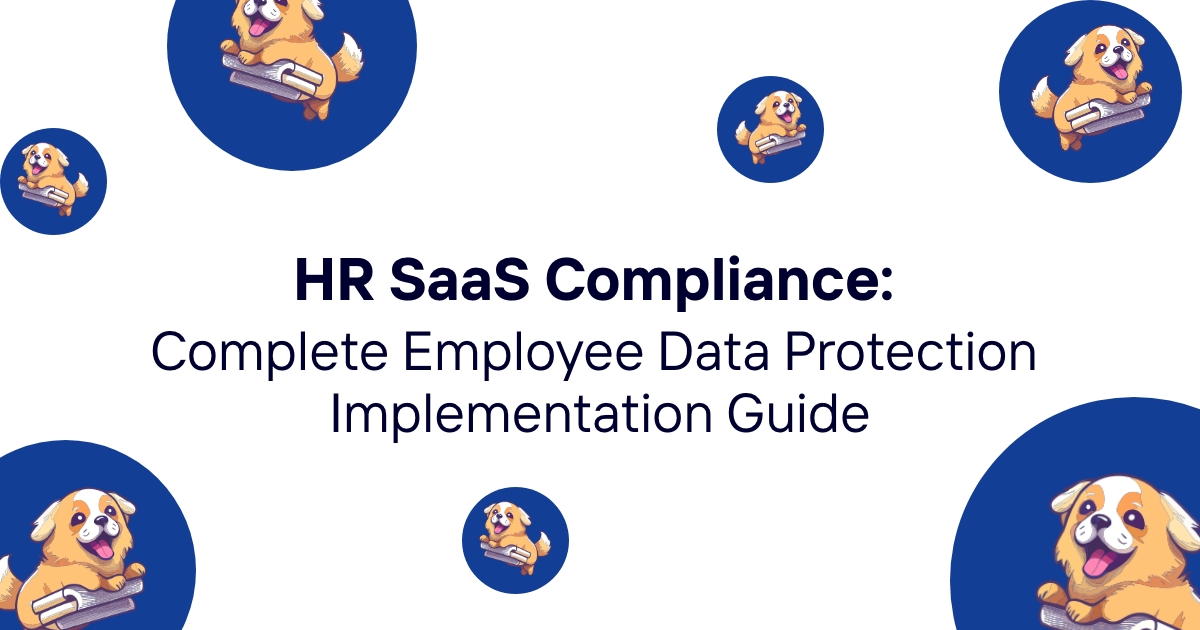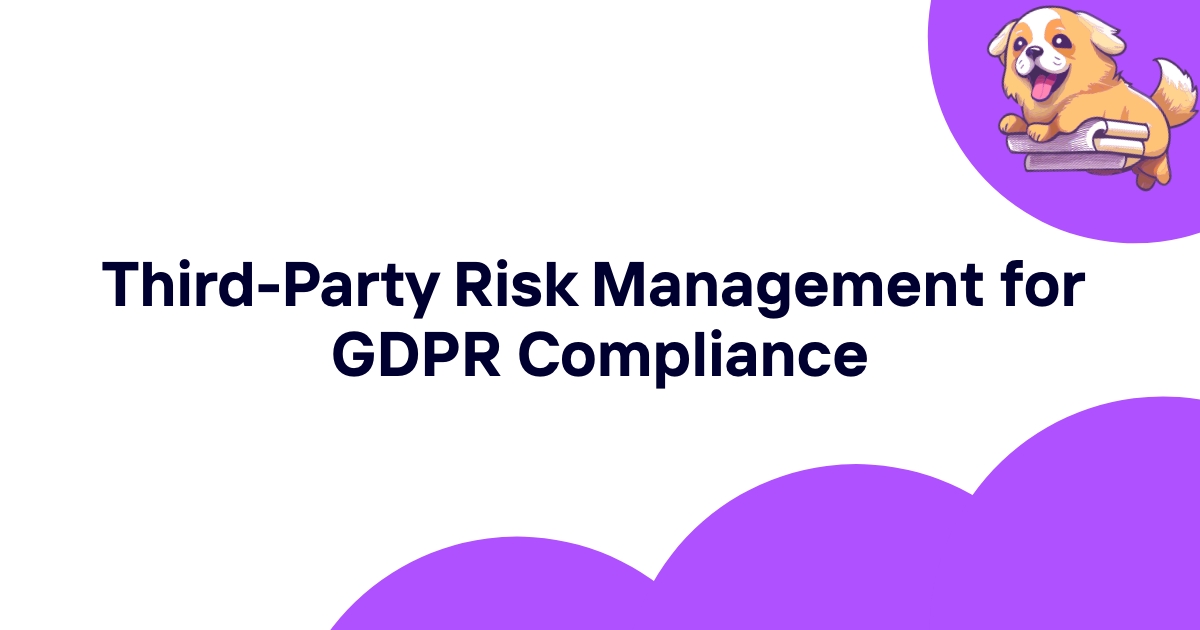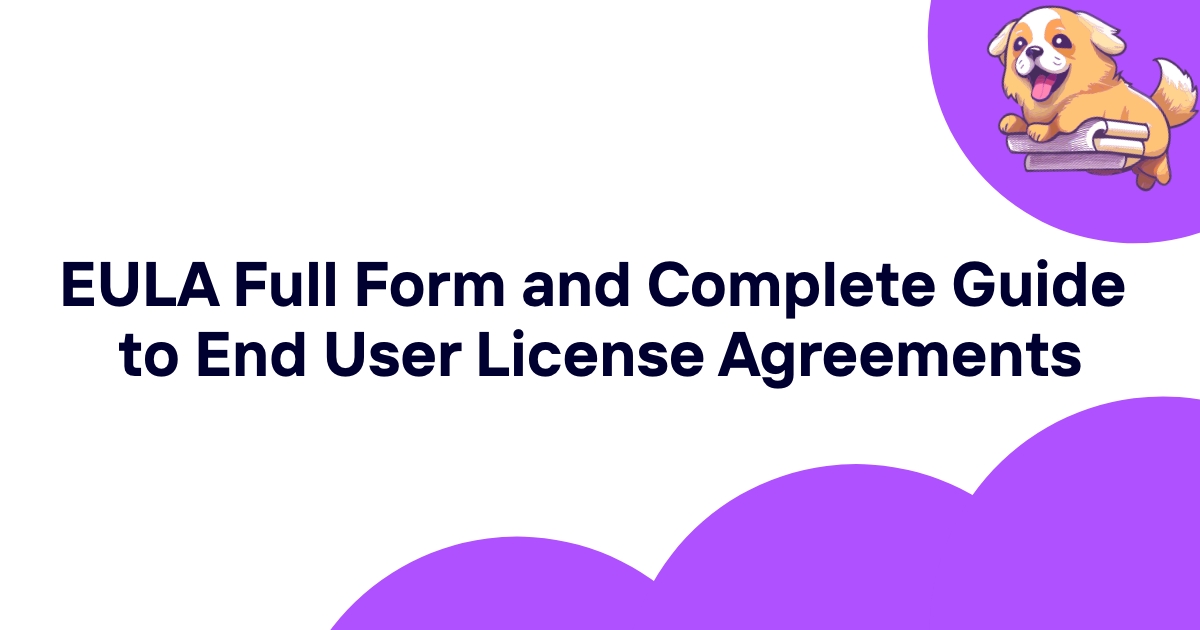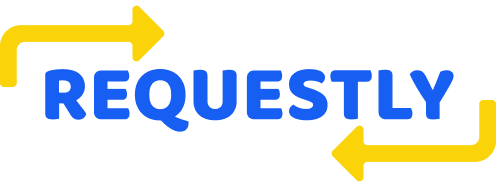The NIST Privacy Framework provides a comprehensive approach to privacy risk management that complements cybersecurity frameworks by addressing privacy engineering, risk assessment, and organizational privacy governance specifically designed for technology-driven organizations like SaaS companies. Unlike prescriptive compliance frameworks, NIST Privacy Framework offers flexible, outcome-based privacy management that adapts to diverse business models and privacy challenges.
The strategic value of NIST Privacy Framework lies in its integration with established cybersecurity practices while providing systematic privacy protection that goes beyond regulatory compliance to address business risk, customer trust, and operational privacy throughout technology development and deployment lifecycles.
SaaS companies implementing NIST Privacy Framework gain competitive advantages through enhanced privacy engineering capabilities, systematic risk management, improved customer trust, and integrated security-privacy protection that demonstrates comprehensive data stewardship to enterprise customers and regulatory authorities.
The framework's five core functions - Identify, Govern, Control, Communicate, and Protect - create structured approaches to privacy risk management that complement existing cybersecurity frameworks while addressing unique privacy challenges in software development, data processing, and customer relationship management.
Proper NIST Privacy Framework implementation requires understanding how privacy risks differ from cybersecurity risks while building organizational capabilities that address privacy engineering, risk assessment, and outcome measurement throughout SaaS product development and operations.
ComplyDog helps SaaS companies implement NIST Privacy Framework through systematic privacy risk assessment, integrated cybersecurity coordination, and outcome-based privacy management that demonstrates comprehensive privacy protection through strategic framework adoption.
NIST Privacy Framework Core Functions for SaaS
Understanding NIST Privacy Framework's five core functions enables SaaS companies to implement systematic privacy protection that complements cybersecurity while addressing unique privacy risks and organizational capabilities throughout technology operations.
Identify: Privacy Risk Discovery for SaaS:
The Identify function focuses on understanding privacy risks throughout SaaS operations including data processing activities, privacy requirements, and organizational privacy posture that affect customer trust and business operations.
Implement privacy risk identification that maps data flows, processing activities, and privacy touchpoints throughout SaaS platforms while ensuring comprehensive understanding of privacy risks and regulatory obligations.
Govern: Privacy Leadership and Oversight:
The Govern function establishes privacy governance including organizational privacy strategy, policies, procedures, and oversight mechanisms that ensure privacy considerations integrate with business decision-making and technology development.
Design privacy governance that provides systematic oversight while integrating privacy considerations into product development, business strategy, and operational decision-making throughout SaaS organizations.
Control: Privacy Risk Treatment:
The Control function implements privacy protection measures including technical controls, administrative safeguards, and physical protections that reduce privacy risks to acceptable levels while supporting business operations and customer trust.
Configure privacy controls that provide comprehensive protection while maintaining SaaS functionality through appropriate technical implementation and organizational measures that address identified privacy risks.
Communicate: Privacy Transparency and Engagement:
The Communicate function addresses privacy communication including stakeholder engagement, transparency reporting, and privacy awareness that builds trust and demonstrates privacy commitment to customers and regulatory authorities.
Implement privacy communication that provides meaningful transparency while supporting customer trust through clear privacy practices disclosure and ongoing stakeholder engagement about privacy protection.
Protect: Privacy Incident Management:
The Protect function manages privacy incidents including detection, response, recovery, and improvement activities that maintain privacy protection effectiveness and organizational resilience throughout privacy challenges.
Design incident protection that provides comprehensive privacy incident management while ensuring business continuity and customer trust through systematic response and recovery capabilities.
For insights on implementing comprehensive privacy frameworks alongside security management, check out our ISO 27001 GDPR integration guide which addresses similar systematic framework implementation challenges.
Privacy Risk Management in SaaS Platforms
Implementing comprehensive privacy risk management through NIST Privacy Framework enables SaaS companies to identify, assess, and treat privacy risks systematically while supporting business objectives and customer trust through strategic privacy protection.
Privacy Risk Assessment Methodology:
Develop privacy risk assessment methodologies that identify privacy risks throughout SaaS operations while considering likelihood, impact, and organizational risk tolerance that inform privacy protection investment and strategic decision-making.
Implement assessment approaches that provide systematic evaluation of privacy risks while ensuring appropriate risk criteria, impact measurement, and treatment prioritization for comprehensive privacy protection.
Data Processing Risk Analysis:
Conduct comprehensive analysis of data processing activities that identifies privacy risks including collection, use, sharing, retention, and disposal activities throughout SaaS customer lifecycles and business operations.
Design processing analysis that provides detailed risk identification while ensuring appropriate consideration of customer expectations, regulatory requirements, and business needs throughout data handling activities.
Technology Privacy Risk Assessment:
Assess privacy risks associated with SaaS technology including software development, infrastructure management, third-party integrations, and emerging technology adoption that affect customer privacy and business operations.
Configure technology assessment that addresses privacy implications of architectural decisions while ensuring privacy considerations integrate with technology strategy and development processes.
Organizational Privacy Risk Evaluation:
Evaluate organizational privacy risks including governance gaps, staff competency, policy effectiveness, and cultural factors that affect privacy protection capabilities and customer trust throughout SaaS operations.
Implement organizational assessment that identifies capability gaps while building privacy maturity through systematic evaluation and improvement of privacy management capabilities.
Risk Treatment and Mitigation Planning:
Develop comprehensive risk treatment plans that address identified privacy risks through appropriate controls, process improvements, and organizational enhancements that reduce risks to acceptable levels.
Design treatment strategies that provide cost-effective risk reduction while ensuring appropriate balance between privacy protection and business functionality through strategic control implementation.
NIST Privacy Controls Implementation
Implementing NIST Privacy controls creates comprehensive privacy protection that addresses technical, administrative, and physical safeguards while supporting SaaS functionality and customer trust through systematic privacy engineering.
Technical Privacy Controls:
Implement technical privacy controls including data minimization, access controls, encryption, anonymization, and privacy-preserving technologies that protect customer data throughout SaaS infrastructure and applications.
Configure technical controls that provide privacy protection while maintaining system performance and functionality through appropriate technology selection and implementation strategies.
Administrative Privacy Controls:
Develop administrative privacy controls including policies, procedures, training, and oversight mechanisms that ensure organizational privacy protection and compliance throughout SaaS operations and staff activities.
Design administrative controls that provide systematic privacy management while building organizational capabilities through comprehensive policy development and staff education programs.
Physical Privacy Controls:
Implement physical privacy controls including facility security, equipment protection, and environmental safeguards that protect personal data throughout physical infrastructure and operational environments.
Configure physical controls that address privacy protection requirements while supporting operational efficiency through appropriate facility management and equipment protection measures.
Privacy Engineering Integration:
Integrate privacy engineering practices including privacy by design, data protection by default, and privacy impact assessment that embed privacy protection throughout SaaS development and operational processes.
Design privacy engineering that provides systematic privacy integration while supporting innovation and development through privacy-enhancing technology adoption and development process integration.
Control Effectiveness Monitoring:
Monitor privacy control effectiveness through systematic assessment, testing, and measurement that ensures ongoing privacy protection and identifies improvement opportunities throughout SaaS operations.
Implement monitoring programs that provide comprehensive control assessment while supporting continuous improvement through systematic testing and performance measurement activities.
Cybersecurity Framework Integration with Privacy
Integrating NIST Privacy Framework with NIST Cybersecurity Framework creates comprehensive protection that addresses both security and privacy risks while building unified risk management capabilities for SaaS platforms.
Framework Alignment and Coordination:
Align NIST Privacy Framework implementation with existing cybersecurity framework adoption while ensuring coordinated risk management and unified protection strategies that address comprehensive data protection requirements.
Design framework integration that provides systematic coordination while avoiding duplication and ensuring comprehensive protection through unified risk management and control implementation.
Security-Privacy Risk Integration:
Integrate security and privacy risk assessment while ensuring comprehensive identification of threats that affect both security and privacy protection throughout SaaS infrastructure and customer data processing.
Configure risk integration that provides holistic threat assessment while ensuring appropriate treatment strategies that address both security and privacy protection requirements through coordinated risk management.
Control Harmonization:
Harmonize security and privacy controls while ensuring comprehensive protection that addresses both cybersecurity threats and privacy risks through unified control implementation and monitoring programs.
Implement control harmonization that provides efficient protection while ensuring appropriate coverage of both security and privacy requirements through coordinated control selection and implementation.
Incident Response Coordination:
Coordinate security and privacy incident response while ensuring comprehensive incident management that addresses both cybersecurity incidents and privacy breaches through unified response capabilities.
Design incident coordination that provides systematic response while ensuring appropriate stakeholder notification and regulatory compliance for both security and privacy incident types.
Governance Integration:
Integrate security and privacy governance while ensuring comprehensive oversight and decision-making that addresses both cybersecurity and privacy considerations throughout SaaS strategy and operations.
Configure governance integration that provides unified oversight while ensuring appropriate expertise and decision-making capabilities for comprehensive security and privacy protection.
SaaS Privacy Governance and Risk Assessment
Establishing comprehensive privacy governance and risk assessment capabilities enables SaaS companies to implement systematic privacy protection that supports business objectives while building customer trust and regulatory compliance.
Privacy Governance Structure:
Establish privacy governance structures including privacy leadership, advisory committees, and cross-functional teams that ensure privacy considerations integrate with business strategy and operational decision-making throughout SaaS organizations.
Design governance structures that provide appropriate oversight while ensuring privacy expertise influences technology development, business strategy, and operational decision-making processes.
Privacy Strategy Development:
Develop privacy strategies that align with business objectives while addressing customer expectations, regulatory requirements, and competitive positioning that support SaaS growth and market differentiation.
Create strategic frameworks that integrate privacy considerations with business planning while ensuring privacy protection supports rather than constrains business innovation and customer value creation.
Risk Tolerance and Appetite:
Define privacy risk tolerance and appetite that guide decision-making about privacy protection investments while ensuring appropriate balance between privacy protection and business functionality throughout SaaS operations.
Configure risk tolerance that provides clear guidance for privacy decision-making while ensuring appropriate consideration of customer expectations, regulatory requirements, and business objectives.
Privacy Metrics and Measurement:
Implement privacy metrics and measurement programs that track privacy protection effectiveness while providing insights for continuous improvement and stakeholder communication about privacy performance.
Design measurement programs that provide meaningful privacy performance indicators while supporting decision-making and improvement planning through systematic privacy effectiveness assessment.
Stakeholder Engagement and Communication:
Establish stakeholder engagement programs that build privacy awareness and support while ensuring appropriate communication about privacy practices and protection effectiveness throughout customer and partner relationships.
Implement engagement strategies that provide transparency and build trust while supporting business relationships through effective privacy communication and stakeholder education.
NIST Privacy Framework Implementation Roadmap
Developing systematic implementation roadmaps enables SaaS companies to adopt NIST Privacy Framework efficiently while building privacy capabilities that support business objectives and customer trust through strategic privacy maturity development.
Current State Assessment:
Conduct comprehensive assessment of current privacy capabilities including existing controls, governance structures, risk management processes, and organizational maturity that establish baseline privacy protection and improvement priorities.
Implement assessment methodologies that provide accurate capability evaluation while identifying improvement opportunities and resource requirements for systematic privacy enhancement.
Target State Definition:
Define target privacy capabilities including desired outcomes, maturity levels, and performance objectives that align with business strategy while addressing customer expectations and regulatory requirements.
Design target states that provide clear improvement direction while ensuring appropriate ambition and resource allocation for sustainable privacy capability development.
Implementation Planning and Phasing:
Develop implementation plans that provide systematic progression toward target privacy capabilities while ensuring appropriate resource allocation, timeline management, and milestone achievement throughout capability development.
Create phased approaches that provide incremental improvement while ensuring sustainable progress and measurable outcomes throughout privacy framework implementation and maturity development.
Resource Allocation and Capability Building:
Allocate resources including budget, personnel, and technology investments that support privacy framework implementation while building organizational capabilities for sustained privacy protection and improvement.
Design resource strategies that provide necessary investment while ensuring efficient allocation and capability development that supports long-term privacy protection and business success.
Success Measurement and Adjustment:
Implement success measurement that tracks implementation progress while providing insights for plan adjustment and improvement prioritization throughout privacy framework adoption and maturity development.
Configure measurement systems that provide actionable feedback while supporting adaptive implementation and continuous improvement throughout privacy capability development processes.
Privacy Outcome Measurement for SaaS
Implementing comprehensive privacy outcome measurement enables SaaS companies to demonstrate privacy protection effectiveness while supporting continuous improvement and stakeholder communication about privacy performance and value creation.
Privacy Performance Indicators:
Develop privacy performance indicators that measure protection effectiveness including risk reduction, compliance achievement, and customer trust enhancement that demonstrate privacy program value and improvement opportunities.
Design indicator frameworks that provide meaningful measurement while supporting decision-making and improvement planning through systematic privacy performance assessment and analysis.
Customer Trust and Satisfaction Metrics:
Implement customer trust metrics that measure privacy-related satisfaction including customer confidence, privacy concern resolution, and trust-building effectiveness that demonstrate privacy program impact on customer relationships.
Configure trust measurement that provides customer feedback while supporting improvement planning and customer relationship enhancement through privacy protection and communication effectiveness.
Business Impact Assessment:
Assess privacy program business impact including operational efficiency, competitive advantage, and risk mitigation that demonstrate privacy investment value and business contribution throughout SaaS operations.
Design impact assessment that provides business value measurement while supporting investment justification and strategic planning for privacy protection and capability development.
Regulatory Compliance Measurement:
Measure regulatory compliance effectiveness including compliance achievement, incident prevention, and regulatory relationship quality that demonstrate privacy program success in meeting legal obligations.
Implement compliance measurement that provides regulatory performance tracking while supporting compliance planning and relationship management with privacy authorities and stakeholders.
Continuous Improvement Integration:
Integrate outcome measurement with continuous improvement processes that enhance privacy protection effectiveness while building organizational capabilities for sustained privacy excellence and customer trust.
Design improvement integration that provides systematic enhancement while ensuring measurement insights drive privacy program optimization and capability development throughout SaaS operations.
Stakeholder Communication and Reporting:
Communicate privacy outcomes to stakeholders including customers, partners, and regulators while demonstrating privacy protection value and building confidence in privacy program effectiveness and organizational commitment.
Create communication strategies that effectively demonstrate privacy performance while building stakeholder trust and support for continued privacy investment and capability development.
Ready to achieve comprehensive privacy protection through systematic risk management? Use ComplyDog and implement NIST Privacy Framework as a strategic advantage that demonstrates privacy leadership while building customer trust and competitive differentiation through outcome-based privacy excellence.
